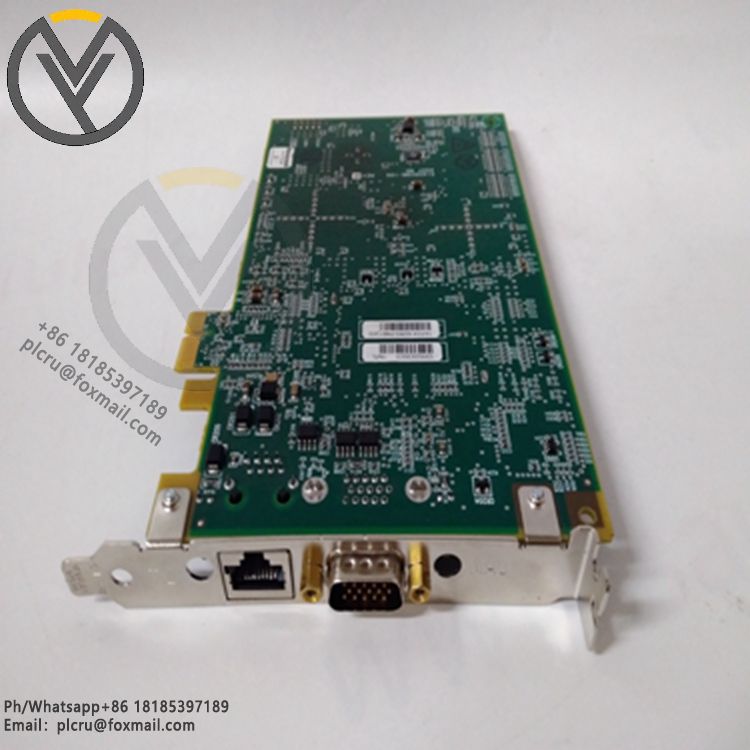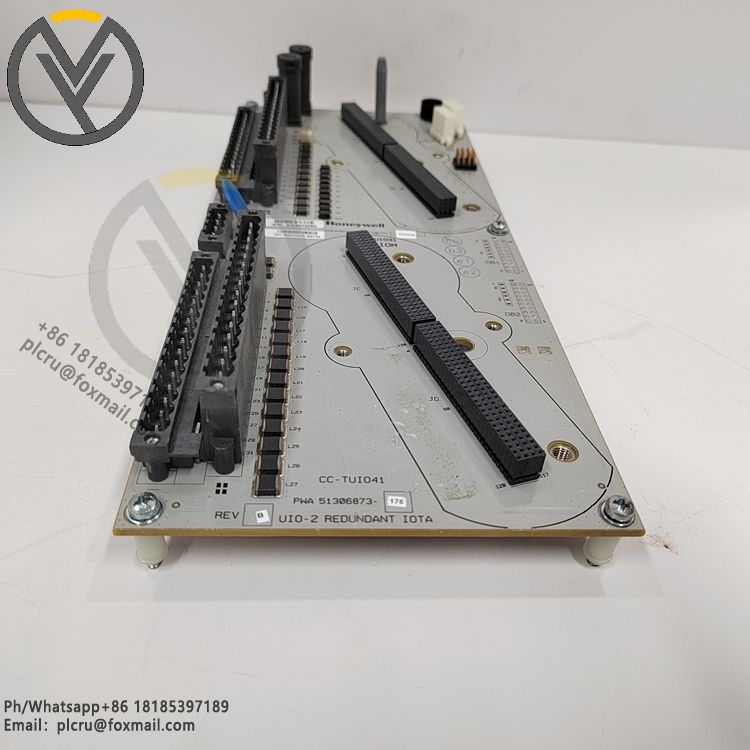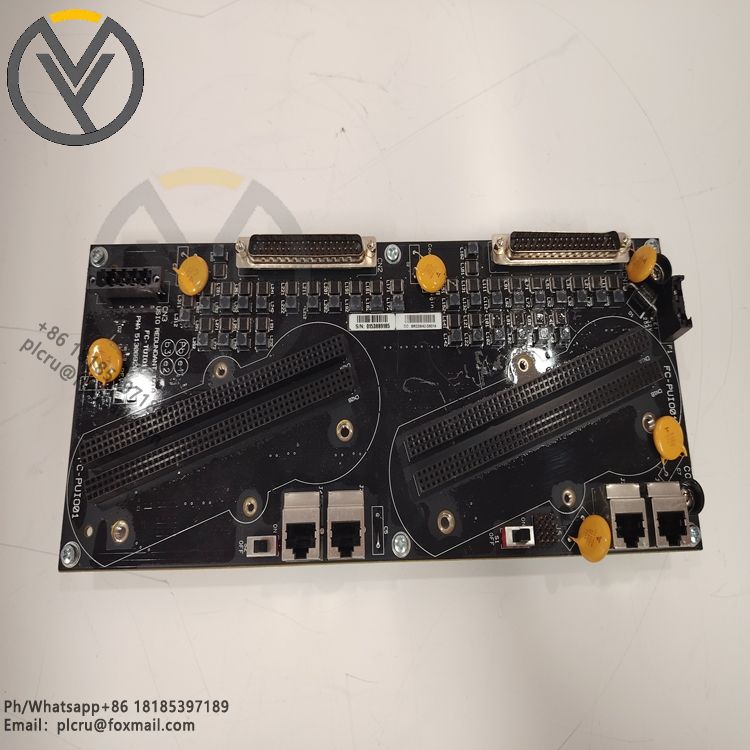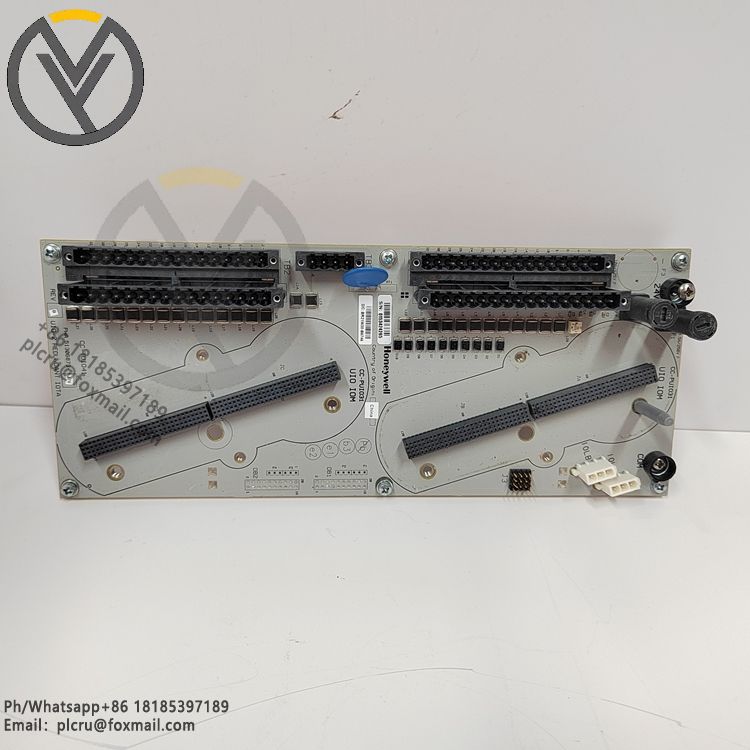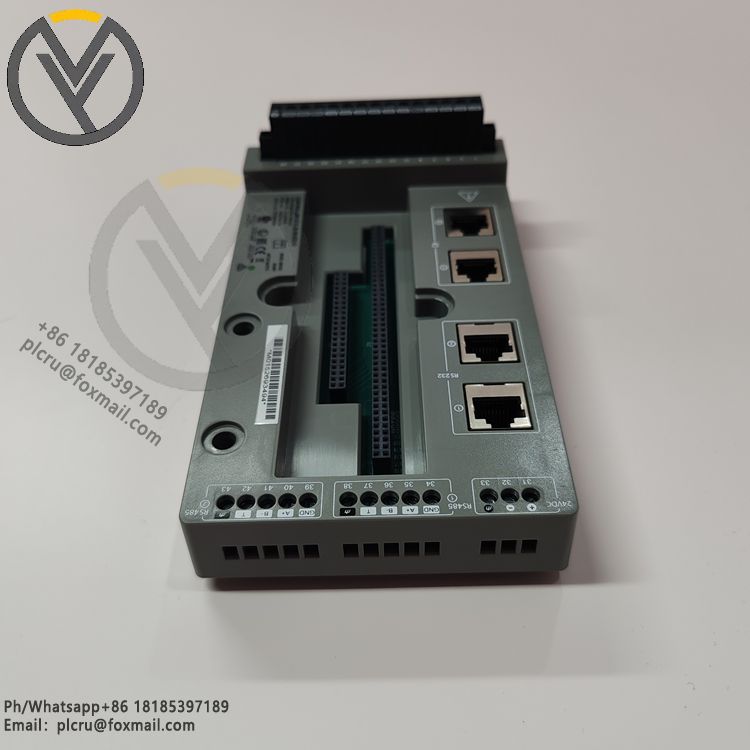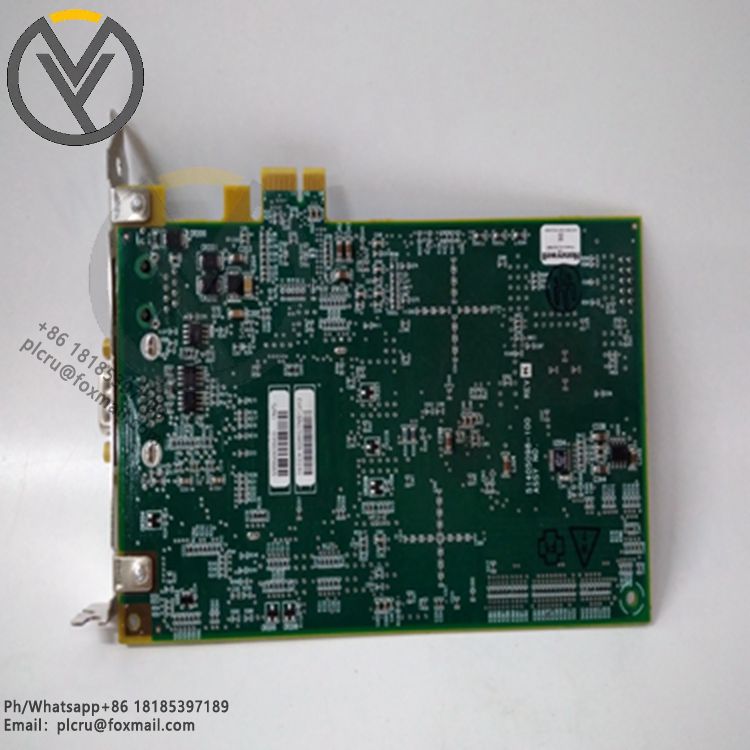
80363972-150 | Honeywell Digital Input I/O Processor
Delivery time 3 days
Product origin New/used
Email plcru@foxmail.com
Mobile/wechat /WhatsApp +86 18185397189
80363972 - 150 is a digital input I/O processor from Honeywell, which may be use
80363972 - 150 is a digital input I/O processor from Honeywell, which may be used in control systems such as Honeywell's Experion PKS. The following is an introduction based on the features of Honeywell's related products:
Functional Features
Digital signal processing: Mainly used to process digital input signals, it can accurately collect various digital signals from field devices, such as switch status, pulse signals, etc. It can convert, isolate and condition these signals to meet the requirements of the control system so that the controller can perform subsequent processing and analysis.
Flexible channel configuration: Usually has multiple digital input channels, which can be flexibly configured according to actual application requirements. Each channel can independently set the input signal type, level threshold, filtering parameters, etc. to adapt to different field devices and signal characteristics. For example, for signals output by different types of proximity switches, limit switches and other devices, their status information can be accurately collected by configuring the corresponding channel parameters.
Communication and data transmission: Supports high-speed and reliable communication with Honeywell controllers or other system components. Through specific communication protocols, such as Honeywell's patented communication protocol or standard industrial communication protocols (such as Profibus, Profinet, etc.), the collected digital input signals are transmitted to the controller in a timely manner, and the configuration information and control instructions sent by the controller are received at the same time, so as to realize remote monitoring and management of the digital input module.
Diagnosis and fault handling: It has powerful self-diagnosis function, can monitor its own working status in real time, can send out alarm signals in time when faults are detected, and transmit fault information to the control system. In addition, it may also have some fault tolerance mechanisms, such as automatically switching to the backup channel or taking preset safety measures when a channel fails to ensure the stability and reliability of the system.
Application scenario
Industrial automation production line: In the automation production line of automobile manufacturing, electronic equipment production and other industries, it is used to collect the operation status signals of various equipment, such as the robot's action completion signal, the start and stop signal of the conveyor belt, the fault alarm signal of the equipment, etc. By processing and analyzing these digital signals, the production line can be automatically controlled and monitored, abnormal conditions in the production process can be discovered and handled in time, and production efficiency and product quality can be improved.
Process industry control: In the process industries such as petroleum, chemical industry, and electric power, it is used to monitor and control the switch signals of various process parameters, such as the opening and closing status of valves, the running/stopping status of pumps, the trigger signals of alarms, etc. The digital input I/O processor transmits these signals to the control system so that the operator can understand the status of the production process in a timely manner and take corresponding control measures as needed to ensure the safety and stable operation of the production process.
Intelligent building and facility management: In the automation system of the building, it can be used to collect the switch signals of the access control system, the trigger signals of the fire alarm system, the operating status signals of various equipment in the air conditioning system, etc. By processing these digital signals, the centralized monitoring and management of various facilities in the building can be realized, and the safety, comfort and energy efficiency of the building can be improved.


